The 1031 exchange, a powerful tool for real estate investors, has its roots in the United States tax code. Understanding the history of this legislation not only provides insight into its purpose and benefits but also highlights its enduring value for investors. Let’s take a brief look at the origins of the 1031 exchange and how it has evolved over time.
The Beginning: Revenue Act of 1921
The origins of the 1031 exchange can be traced back to the Revenue Act of 1921. Section 202(c) of the Act allowed for the deferral of capital gains taxes on the exchange of like-kind property used for trade, business, or investment purposes. This provision was designed to encourage economic growth and reduce the tax burden on investors who reinvested their capital in similar assets.
The Tax Reform Act of 1978 and Starker v. United States:
Over the years, the 1031 exchange underwent several modifications, with one of the most significant changes occurring in 1978. The Tax Reform Act of 1978 removed the requirement for the simultaneous exchange of properties, paving the way for delayed exchanges. This change was further solidified by the landmark Starker v. United States case (1979), in which the court ruled that an exchange could occur within a reasonable time frame rather than simultaneously. This ruling set the stage for the modern delayed exchange structure.
The Tax Reform Act of 1984
The Tax Reform Act of 1984 further refined the 1031 exchange rules, introducing the concept of a Qualified Intermediary (QI). The QI is an independent third party that facilitates the exchange process by holding the proceeds from the sale of the relinquished property and using those funds to acquire the replacement property. This addition to the legislation provided a more structured and secure process for investors.
The Taxpayer Relief Act of 1997
The Taxpayer Relief Act of 1997 expanded the possibilities for 1031 exchanges by including personal property (such as equipment, aircraft, and artwork) under the like-kind exchange provisions. This change increased the appeal and applicability of 1031 exchanges for a broader range of investors and asset classes.
Recent Developments – Tax Cuts and Jobs Act of 2017
The Tax Cuts and Jobs Act of 2017 brought significant changes to the tax code, including modifications to the 1031 exchange rules. Personal property exchanges were eliminated, restricting the application of 1031 exchanges to real property exclusively. This change refocused the 1031 exchange as a tool specifically for real estate investors.
Conclusion
The 1031 exchange has a rich history that spans over a century. Throughout its evolution, the legislation has consistently demonstrated its value as a powerful wealth-building tool for real estate investors. By allowing the deferral of capital gains taxes and encouraging the reinvestment of capital, the 1031 exchange has become an integral part of many investors’ strategies.
Understanding the history of the 1031 exchange not only sheds light on the motivations behind the legislation but also emphasizes its long-standing importance in the real estate investment landscape. As tax laws continue to change and evolve, it’s essential for investors to stay informed and adapt their strategies accordingly.
As a Qualified Intermediary, WealthBuilder 1031 Exchange Company is committed to helping investors navigate the complexities of the 1031 exchange process. Our expertise and experience ensure that our clients can take full advantage of this valuable tax-saving strategy. Stay tuned to our blog for more insights into the world of 1031 exchanges and other valuable resources for real estate investors.
If you’re considering a 1031 exchange or have any questions about the process, don’t hesitate to reach out to WealthBuilder 1031 Exchange Company. Our team is here to help you make the most of your investments and achieve your financial goals.

